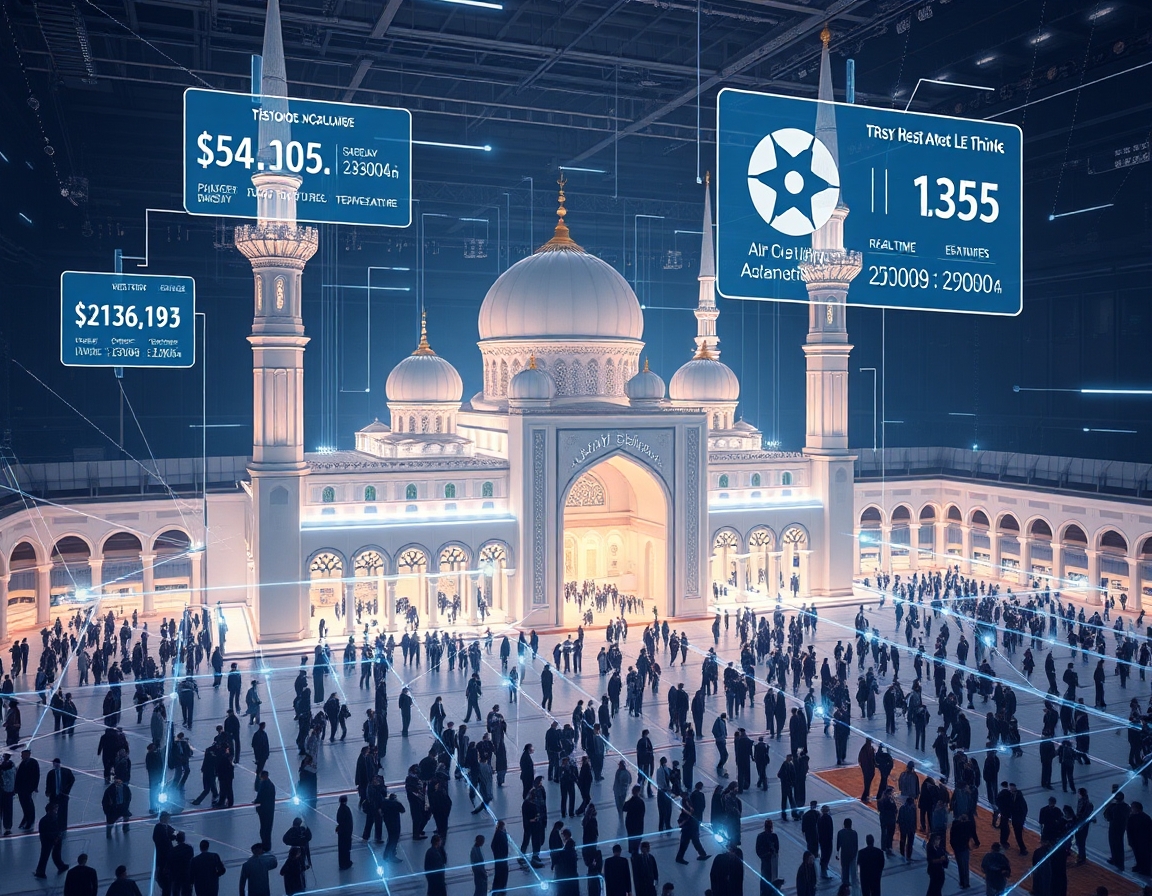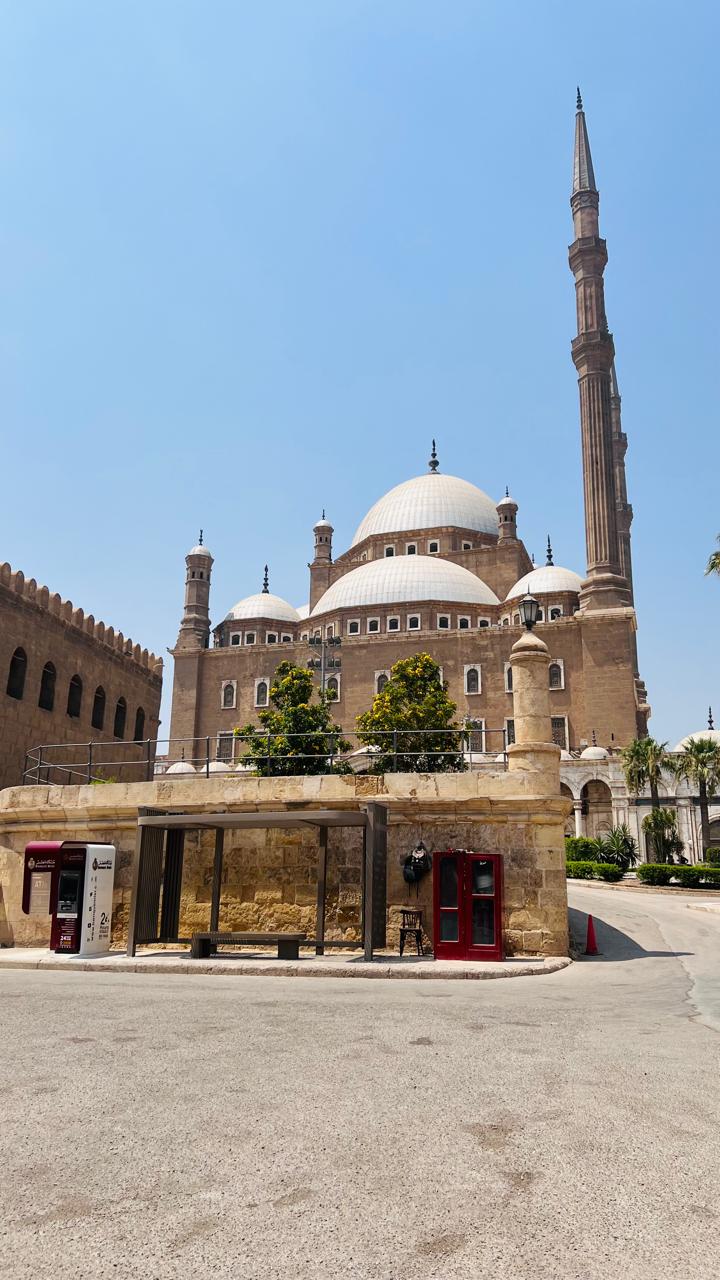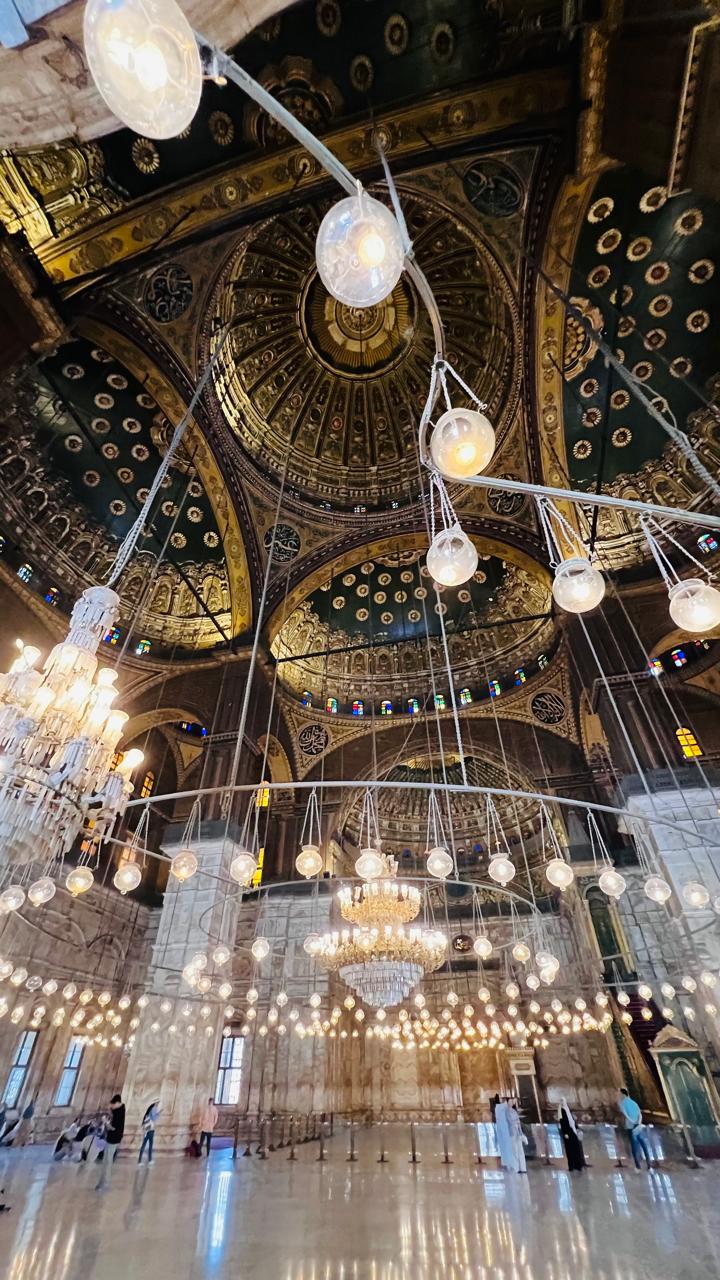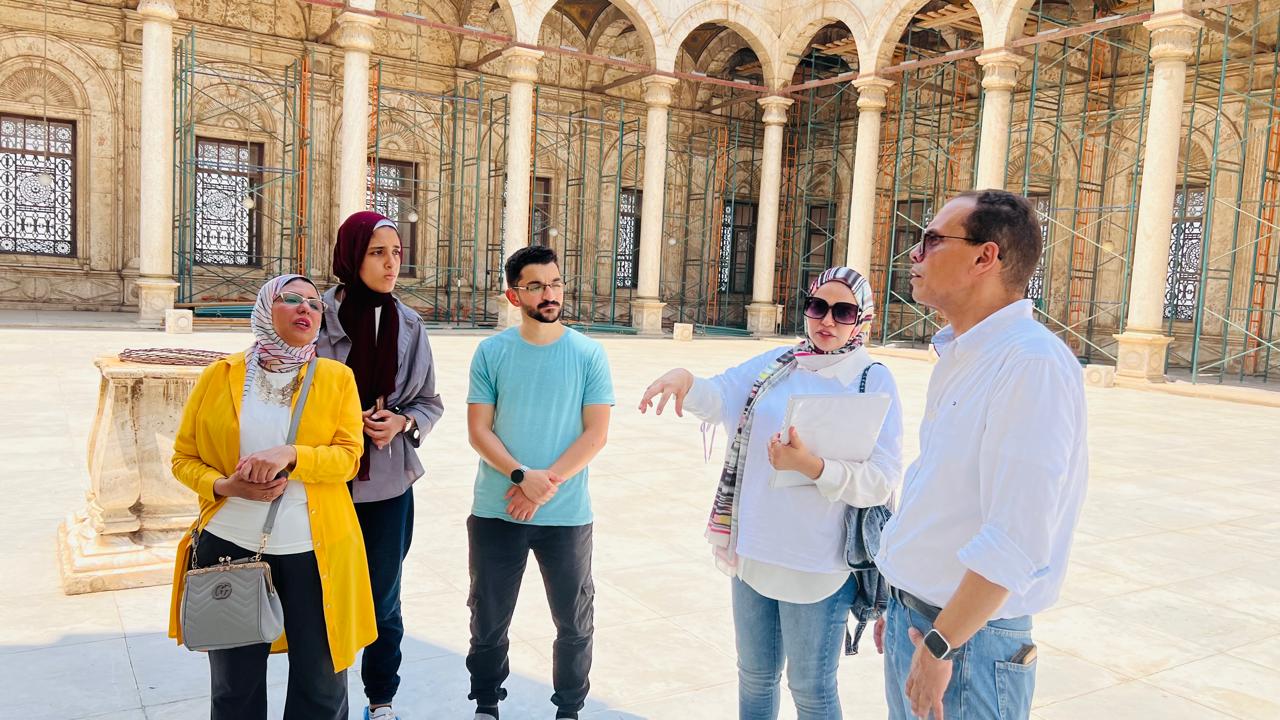Digital Twin
Enhancing Heritage Preservation with Real-Time Data and Smart Technology
A Digital Twin is a cutting-edge virtual model of a physical structure that uses real-time data to simulate, analyze, and optimize its performance. When applied to heritage sites like the Mohamed Ali Mosque, the Digital Twin concept merges historical preservation with advanced technology. By integrating sensors and 3D modeling, the mosque can be monitored at every level, from structural integrity to environmental factors like humidity and temperature. This digital replica allows experts to foresee issues, implement proactive maintenance, and even run simulations that predict the impact of future restorations. Beyond its utility in preservation, the Digital Twin enhances visitor engagement by offering a deeper understanding of the mosque’s history and condition through interactive visualizations and real-time data.
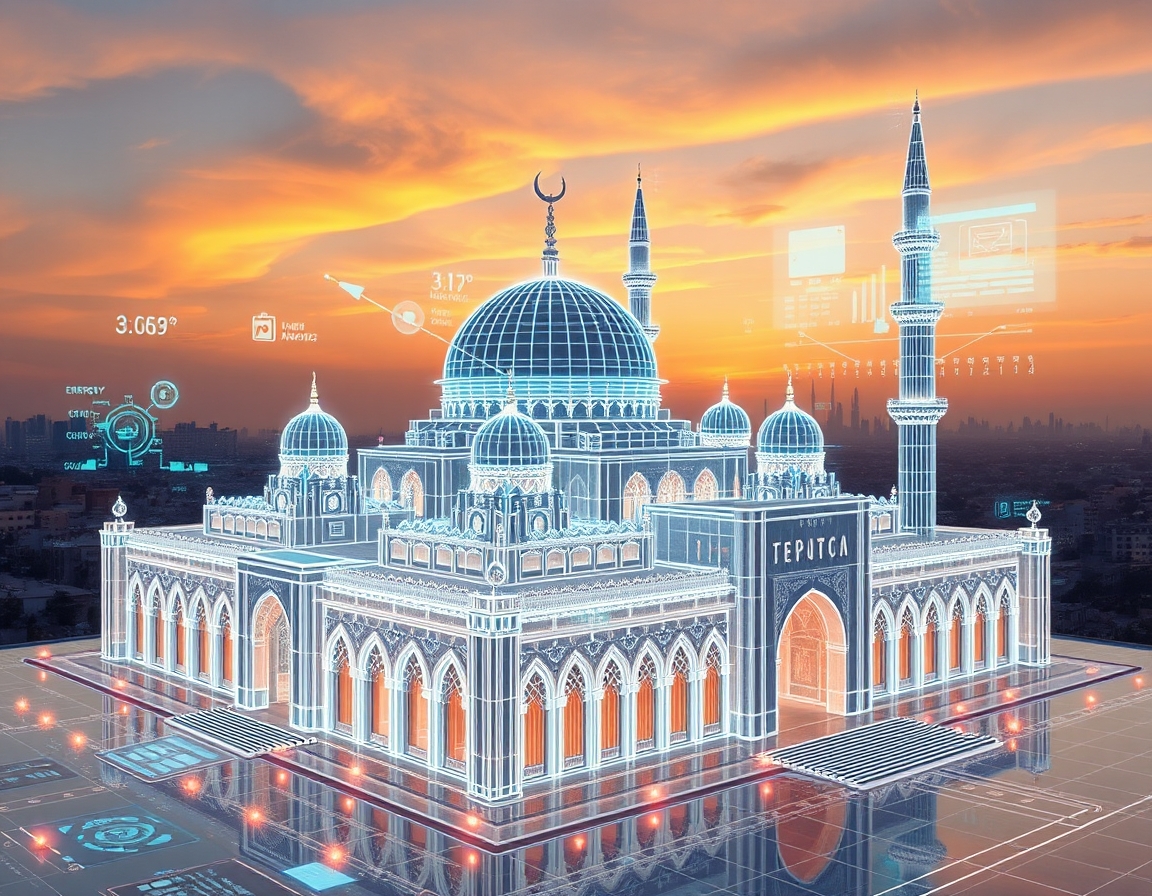

One of the most transformative applications of the Digital Twin at the Mohamed Ali Mosque is in monitoring energy consumption. The mosque, a large and complex structure, can use significant amounts of energy, especially as it accommodates visitors and lighting throughout the day. Sensors strategically placed in different parts of the building will continuously gather data on electricity usage, allowing real-time tracking of power consumption. This information is critical for identifying inefficiencies, adjusting energy use, and implementing sustainable energy-saving solutions. By integrating these insights with smart energy systems, the mosque has the potential to reduce its carbon footprint and move toward becoming a zero-energy heritage site. This effort aligns with global initiatives to preserve cultural landmarks while making them more environmentally friendly.
In addition to energy management, crowd and environmental monitoring will revolutionize the way visitors experience the Mohamed Ali Mosque. Real-time data from sensors will track crowd density, ensuring visitor movements are carefully managed to prevent overcrowding and enhance safety. This will be particularly useful during peak tourist seasons or special events, helping to optimize the flow of people within the mosque’s historic spaces. Moreover, environmental sensors will constantly monitor factors such as air quality, temperature, and humidity, creating a healthier and more comfortable environment for both visitors and staff. These sensors also help protect the mosque’s delicate interiors, artifacts, and structural components from potential damage caused by fluctuating environmental conditions. This fusion of technology with cultural heritage preservation ensures that the Mohamed Ali Mosque remains not only a historical monument but also a modern, adaptive site for future generations to enjoy.
